Balanced vs. Unbalanced Audio Gear: Everything You Need to Know

How to Choose: Balanced vs. Unbalanced Audio
A fundamental and largely discussed topic in the audiophile community is single-ended vs. balanced connections. We routinely get asked questions about balanced vs unbalanced audio gear, balanced vs unbalanced audio cables, and balanced vs unbalanced headphones. "Is balanced audio better than single ended?" "Are balanced headphones better?" "When should I use balanced audio connections instead of unbalanced ones?"
Many people believe balanced means better, but this is not necessarily true. Just because a headphone amp is balanced does not mean that another headphone amplifier with unbalanced input will deliver inferior audio signal quality. When you're creating the perfect system you want every piece of audio gear to have synergy–from the audio interface to the headphones, DACs, amplifiers, and cables you use to connect it all together. The choice between balanced and unbalanced gear ultimately depends on the specific needs of your audio setup.
Let's explore the basics of balanced vs. unbalanced audio, the benefits of both connections, and help you find the best audio solutions for your setup.
Balanced vs. Unbalanced: The Basics
Q: Are balanced connections better than unbalanced signals for audio equipment?
A: It Depends on various factors: Whether you’re working with analog gear like phono preamps or digital interfaces, the length of your cable runs, potential interference from power cables, and your specific setup needs. In some cases, unbalanced cables like RCA or TS cables work perfectly fine, especially for guitars and keyboards. In other situations, balanced connections using XLR cables or TRS cables might be necessary, particularly in recording studios or when running audio signals over longer distances.
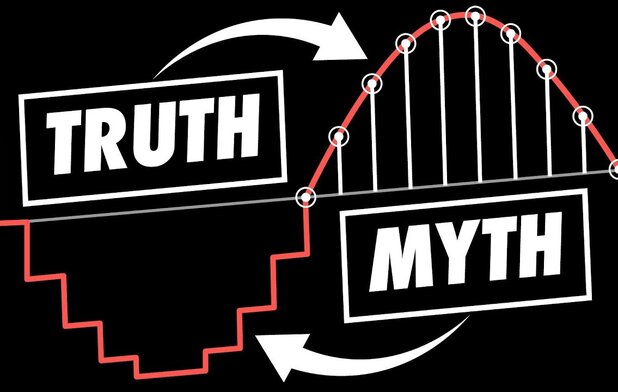
The idea that balanced audio is better than single-ended audio is a myth. The term "balanced" can refer to cables, signal path, and circuitry of amps. It's important to know that balanced cables work better in some scenarios and single-ended cables in others. Headphones cannot be balanced because they are just speakers, but the connection to a balanced or single-ended amplifier can make all the difference (though it depends on the amplifier and the headphones.) Balanced adapters are always a bad idea for single-ended cables because they can damage your gear.
- The idea that balanced audio is better than single-ended audio is a myth
- The term "balanced" can refer to cables, signal path, and circuitry of amps
- It's important to know that balanced cables work better in some scenarios and single-ended cables in others
- Headphones cannot be balanced because they are just speakers, but the connection to a balanced or single-ended amplifier can make all the difference (though it depends on the amplifier and the headphones)
- Balanced adapters are always a bad idea for single-ended cables because they can damage your gear

BALANCED AUDIO
- Two signal wires (a plus and a minus) and the ground line
- Send and receive lines carry a copy of the signal with the polarities reversed
- Receivers average out the signal-to-noise ratio and get rid of noise by flipping the polarity
UNBALANCED AUDIO
- No dual polarity lines
- Ground wire carries part of the signal while shielding the main signal wire (polarity) from outside noise interference
- Line can act as an antenna picking up external noise sources
Differential Signaling with Amplifiers
Balanced on the amplifier side is called "differential signaling." To explain what differential signaling means, we'll explain with a story about 1980s Hi-Fi Audio.
Wikipedia describes differential signaling as:
"A method for electrically transmitting information using two complementary signals. The technique sends the same electrical signal as a differential pair of signals, each in its own conductor."
Differential signaling back in the 1980’s meant that you could buy a single-powered stereo amplifier and bridge it to mono in order to double the power. This method was very popular with car audio. You can still do this occasionally today but not as often. With a headphone amplifier, you can also bridge it by doubling the circuit of each channel to get more power. You can also create a single-ended headphone amplifier with the same power as a balanced headphone amplifier.
The same can be said about tube amplifiers vs solid-state circuits. One is not necessarily better than the other. It's just a different way of doing things or a different circuitry for headphone amps. This is not the same thing as balanced interconnects between a Preamplifier and an Amplifier. This balanced connection is commonly referred to as common mode rejection for eliminating noise on the line. This is done specifically for long cable runs, but let's not add any confusing examples at this point.

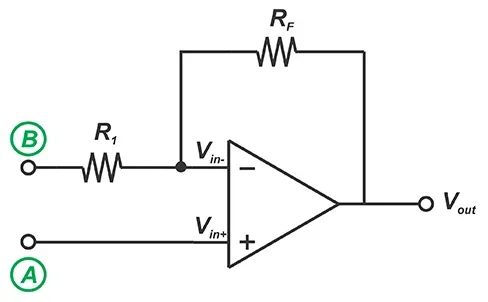
Common-mode Rejection
Most people think about 'balanced' as a common rejection, where you're using long runs of balanced cables between two pieces of equipment. In each cable, you have two signal wires: a plus and a minus, and the ground line. Both the send and receive lines carry a copy of the signal, but with the polarities reversed. The receivers look at both ends, average out the signal-to-noise ratio, and get rid of the noise by flipping the polarity. This is called Common-Mode Rejection because the noise is the 'common' signal between the send and receive lines. All balanced cables utilize common-mode rejection.
However, common-mode rejection is not really "balanced," it more so describes the function of how the dual lines work to cancel out external noises in that signal. Oftentimes common-mode rejection is referred to when talking about balanced cables rather than balanced circuitry. Therefore, most people have the impression that a balanced connection is superior because it is more resistant to external signal noise sources. While this is true, it does not necessarily mean that the balanced line is "better" than a single-ended cable.
Balanced Amps and DACs vs. Single-Ended Amplifiers or DACs
Operational Amplifiers vs. Transformers
Balanced circuits between components can be done in two different ways: Operational amplifiers and transformers. You can work with operational amplifiers (opamps) and split the single-ended circuitry into dual-operational amps to create a balanced connection—though doing so would not create a true balanced circuit. It would be considered a pseudo-balanced circuit because the circuit internally is single-ended but is transferred/converted to a balanced circuit just to do common-mode rejection between two components.
Regarding circuitry and design, a "true" balanced circuit will always sound better than a single-ended circuit. Pseudo-balanced circuits will not necessarily sound better than a single-ended circuit. There are many factors to consider, but there are exceptions to the rule where single-ended circuits/amps do sound better than a balanced circuit.
For reference, a "true" balanced connection would be balanced from input to output, without requiring operational amplifiers or transformers for signal conversion. The Bryston BHA-1 Headphone Amplifier is not a "true" balanced headphone amp even though it has balanced inputs and balanced outputs. They use operational amplifiers by changing the input to single-ended, installing a single-ended circuit and changing it to a balanced output for the headphone jack.
A great example of a headphone amp that can be changed from single-ended to balanced or in this case Mono is the Questyle CMA800R. For a balanced 2-channel stereo setup, you will then need 2 of the CMA800R units. It is really the only headphone amp I know of that this can be done with. This is true Balanced and Dual mono with their Power supplies separated which is true audio bliss or the perfect balanced mono scenario.
There are plenty of amplifiers that are balanced and then also offer single-ended output. The Balanced option will offer more power and control of the headphones in comparison to the single-ended output. Opamp splitters are often used to convert the input and output from single-ended to balanced. There are plusses and minuses to this method. This is cheaper to produce but it is not a true balanced circuit and it may not sound as good as if the entire chain would have been balanced.
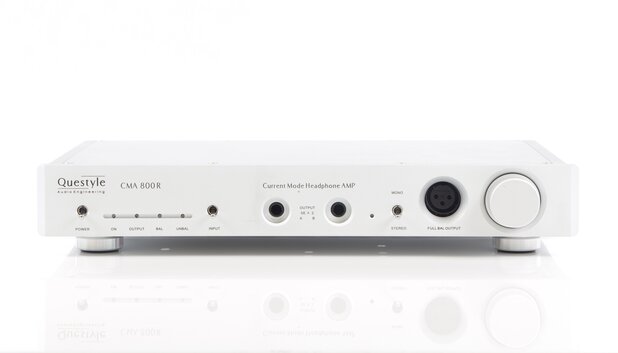
You can also use input and output Transformers instead of op amps like we use in the Dragon Inspire IHA-1Tube Headphone Amplifier. This method is very common with Tube headphone amp designs. A transformer doesn't care whether the input or output is balanced or single-ended. In the Dragon Inspire we have a single-ended Tube (SET) design, which sends the signal to the transformer, which then splits the positive and negative from each other so we can have a 4-pin XLR for balanced output on the headphone jack.
Now one very important point to make is, if your headphones are wired and terminated with a single-ended connection like a 1/4" or 1/8" headphone plug, then the grounds of each channel are tied together.
Balanced Amplifiers & DACs
Single-Ended Amplifiers & DACs
What is a Headphone Adapter System?
An adapter system is a way to provide multiple types of connection for the needs of your system. Let's say you have 3 amplifiers and all 3 amplifiers have different types of connections. You want to connect your favorite pair of headphones, say the Sennheiser HD 800S Headphones with the 4.4mm balanced jack.
Amp 1: Dragon Inspire IHA-1 Tube Headphone Amp with a 4-pin XLR
Amp 2: Earmen Angel Reference Portable DAC/Amp with a 4.4mm TRRRS Balanced Jack
Amp 3: Pass Labs HPA-1 Headphone Amp with a 1/4" TRS Jack
Since you cannot convert a single-ended connection to a balanced connection, your headphone cable's connector needs to be a balanced connector. So if your headphone cable has a 1/4" TRS (single-ended) plug on it you will need to either send your cable to Moon Audio for retermination to be balanced or you will need to buy a new headphone cable with a balanced connection...choose a Moon Audio Dragon Headphone Cable!
In the case above, you have 2 balanced connector options–a 4.4mm and a 4-pin XLR, and 4.4mm is on a portable device. An adapter cable would be too bulky for something like a portable DAP or dongle DAC. It's not ideal to carry around your headphone cable with an adapter cable connected, then add the portable device into the mix. That'll weigh down your pockets! So in this case, our recommendation would be to avoid an adapter cable entirely and instead spend that money on an additional headphone cable that fits your portable setup. If you use your portable device quite often and you've got a go-to pair of headphones, a new headphone cable with a male 4.4mm TRRRS balanced connection makes ssense.
Scenario 2: You've got your same pair of Sennheiser headphones and when you're home you like to switch between two amps: One with a 4-pin XLR and the other with a 1/4" TRS. Your headphone cable has a 4.4mm jack but you need to connect easily to both amps. You'll need 2 adapter cables–one with a 4.4mm to 4-pin XLR, and the other with a 4.4mm to 1/4" TRS. It would be a good idea to make the headphone cable say 5 ft. and then use the other 2 adapter cables to add any additional length you might need to get from your listening chair to the amplifier in question. Maybe 5 or 10 or 15ft. Whatever you need.
What is an example of an adapter system that won't work?
If your main headphone cable has a 3.5mm TRS or a 1/4" TRS which are both single-ended connections we can't make an adapter cable to go from a Female 1/4" TRS to a Male 4-pin XLR for Amp 1. The grounds for the right and left channels in the 3.5mm TRS or a 1/4" TRS are tied and can not be broken. Balanced connections require a separate left and right ground to remain balanced. This adapter if built can potentially damage your balanced amplifier if it does not like shared grounds. Most don't.
Balanced Audio Connectors
What is the best way to connect your Astell&Kern Music Player to your home 2-channel system?
The grounding scheme of portable players have essentially virtual grounds since they can't be tied to an earth ground. However, when you connect a DAP to a 2 channel stereo system with a true earth ground, some problems can occur. It is not an issue if you connect the 3.5mm single ended output to an RCA input connection on your preamp but when trying to connect a 2.5mm TRRS balanced portable player which only has 4 poles and no ground connection a special connector as used on the AK Players is required.
This connector block has a 2.5mm TRRS connection and also a 3.5mm TRS connection. The ground from the 3.5mm is used to tie the ground of the Astell & Kern to the ground plane of the preamp. Just doing a 2.5mm TRRS connector to XLRs can often result in a hum issue. Why? There is no ground plane thus why it causes a grounding issue which results in the hum.
Common Balanced Headphone Audio Connections
When there are multiple R's in the nomenclature of the connector, which stands for rings, these are usually balanced connectors.
- Dual 3-pin XLR Connectors
- Single 4-pin XLR
- 2.5mm TRRS
- 3.5mm TRRS (not to be confused with 3.5mm TRS)
- 4.4mm TRRRS
Single-ended Connectors Include:
- 1/4" (6.35mm) TRS
- 1/8" (3.5mm) TRS
Even Speaker Binding post with spades and banana connectors can be used to directly connect to the back of a conventional speaker amp for a balanced connection. Some times the grounds are internally connected on the amp but in these cases, the amplifiers are designed this way and you will be safe to use your headphones with them. Just make sure they are low powered amplifier.
The Takeaway: Balanced or Single-Ended?
So, is balanced audio always better? There are numerous factors that determine what signal path is going to sound better, but the big takeaway is that it's a misnomer that balanced will always sound better than single-ended. Research and test the products you are considering. If it’s a true-balanced signal path, then yes, it will always sound better than a single-ended design. If not, find out what circuit design the product utilizes, how it works with your existing gear, impedance, everything – because every unit in your signal path should be compatible and optimized to make your music sound the absolute best that it can.
There are always going to be exceptions, but don't pigeonhole yourself into getting one product over another just because it's balanced. In the end, it might not actually be the right product for you and your set up. It could even cost you a lot more money than you need to spend.
If you have any questions about single-ended vs balanced connections, gear, compatibility, etc., feel free to get in touch with us via the Contact Us form! Happy listening!
Related Videos
Our Top 3 Tube Headphone Amps & Why We Love Them
What's the Deal with Audio Cable Adapters?
How to Adapt Single-Ended Cables to Balanced Connections?

"Either write something worth reading or do something worth writing" - Benjamin Franklin
For Cayla Menges, combining her passion for writing and love for music is the perfect recipe. Cayla uses her love for storytelling and experience as a former newspaper journalist to create content that informs and resonates with music lovers and audiophiles alike. When she's not at Moon Audio, Cayla enjoys bingeing reality TV, knitting, trying her hand at new recipes, traveling and spending time with family and friends.
Moon Audio strives to provide the most relevant collection of curated audiophile products for our customers. Our reviews and product guides are designed to inform our community and share our passion for audio technology. Whether you're just starting out or a seasoned professional, we're glad you joined us.
Want more? Sign up for curated content in your inbox.

BY: CAYLA MENGES |
What is a Sound Signature Every headphone and music player has its own intrinsic sound qualities. Some emphasize the higher... Read more
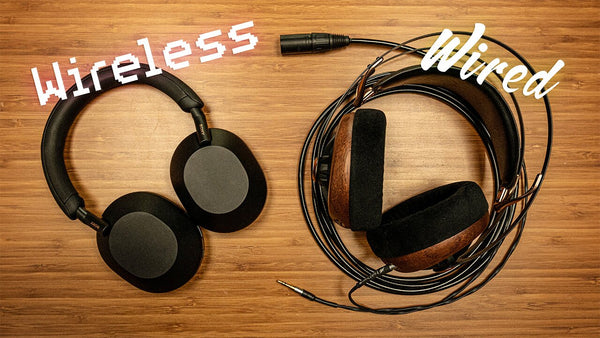
BY: CAYLA MENGES |
Read Time: Approx. 26 min. The Battle Between Wi-Fi, Bluetooth, and Wired Connections It's like two forces colliding. Trying to... Read more
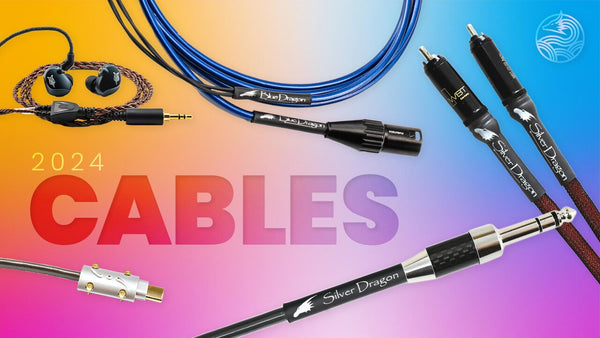
BY: CAYLA MENGES |
The Best Dragon Audio Cables for Your Audiophile Setup In case you didn't already know, we are one of the... Read more
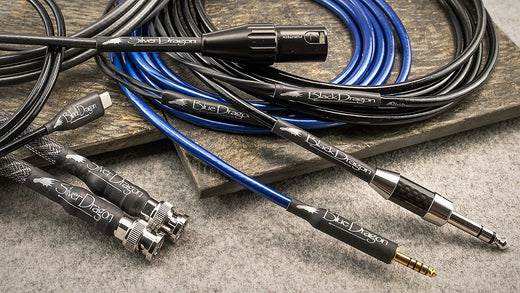
BY: CAYLA MENGES |
Read Time: Approx. 3 min. Assembled in North Carolina. Made For You. Discover cables worthy of the gear they plug... Read more
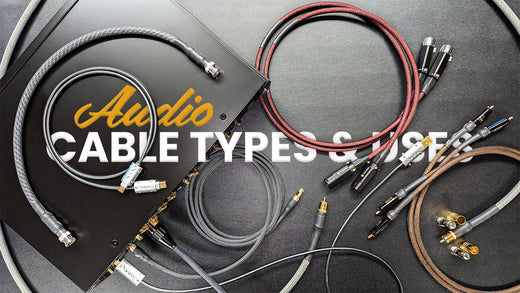
BY: CAYLA MENGES |
Audio cables play a crucial role in connecting audio components. Even the most expensive and best-performing components can’t overcome the... Read more

BY: CAYLA MENGES |
Are Balanced Audio Cables Better for Your Audio System? Cables matter. They’re an important part of the equation if you... Read more
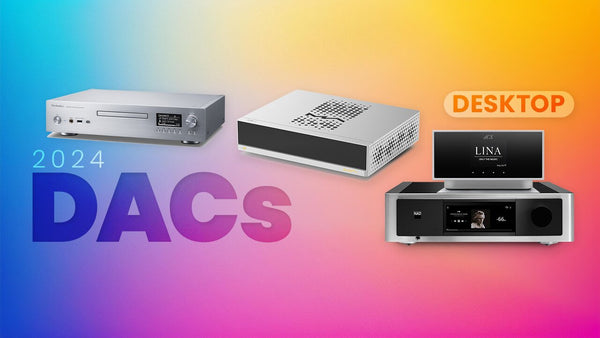
BY: CAYLA MENGES |
The Best Desktop DACs and Music Streamers for your Audio Setup It's that time of year again, and we're taking... Read more

BY: CAYLA MENGES |
Why Your Headphones May Be Holding You Back: What Audiophiles Know Arguably, one of the most common misconceptions in the... Read more
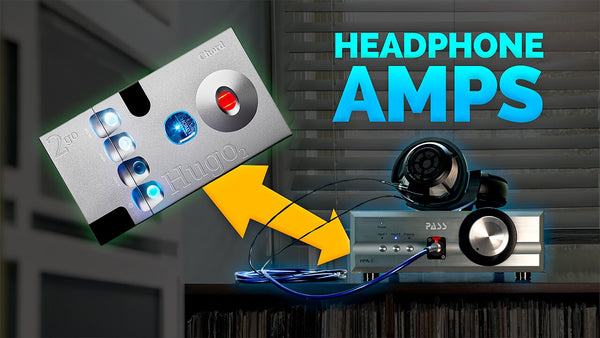
BY: CAYLA MENGES |
Read Time: Approx. 10 min. TL;DR: Moon Audio's guide to the 11 best headphone amps helps audiophiles enhance their listening experience.... Read more

BY: CAYLA MENGES |
Let's take a look at our best-selling and most popular portable DACs of the year! It's the easiest way to... Read more

BY: CAYLA MENGES |
Why Your Headphones May Be Holding You Back: What Audiophiles Know Arguably, one of the most common misconceptions in the... Read more

BY: CAYLA MENGES |
We've created this guide to be your one-stop resource for understanding and buying in-ear monitors. Read more

BY: CAYLA MENGES |
A Timeless Turntable Built for Years of Vinyl Listening The second turntable to feature Technics Delta Sigma Drive Technology, the... Read more

BY: CAYLA MENGES |
TL;DR: When sourcing a headphone amplifier to drive your high end or harder to drive headphones, suitable power to drive... Read more

BY: CAYLA MENGES |
Read Time: Approx. 10 min. TL;DR: Moon Audio's guide to the 11 best headphone amps helps audiophiles enhance their listening experience.... Read more

BY: CAYLA MENGES |
Let's take a look at our best-selling and most popular portable DACs of the year! It's the easiest way to... Read more
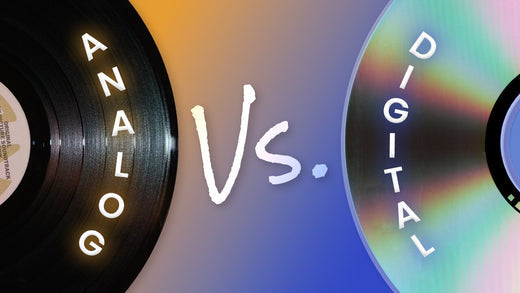
BY: CAYLA MENGES |
Read Time: Approx. 10 min. TL;DR: The debate over analog vs. digital audio boils down to personal preference. Analog offers warmth,... Read more
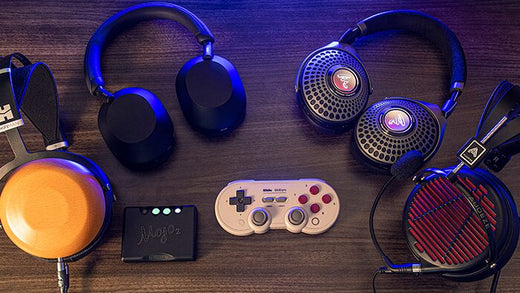
BY: CAYLA MENGES |
Get Better Sound From Your Xbox, Playstation, Switch, PC, & Mac For every ten audiophiles, at least two of them... Read more

BY: CAYLA MENGES |
Read Time: Approx. 10 min. TL;DR: Moon Audio's guide to the 11 best headphone amps helps audiophiles enhance their listening experience.... Read more

BY: CAYLA MENGES |
Let's take a look at our best-selling and most popular portable DACs of the year! It's the easiest way to... Read more
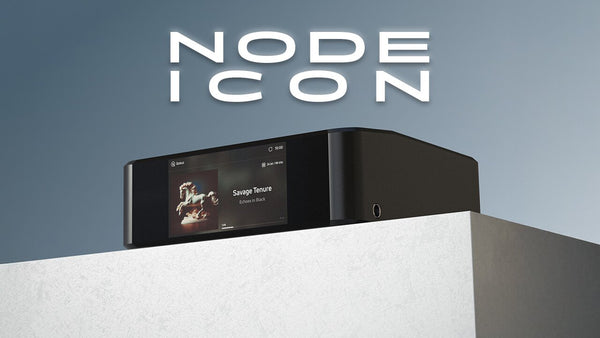
BY: CAYLA MENGES |
Read Time: Approx. 15 min. Bluesound NODE ICON: The Future of Hi-Res Music Streaming Iconic. Icon. These are just a... Read more
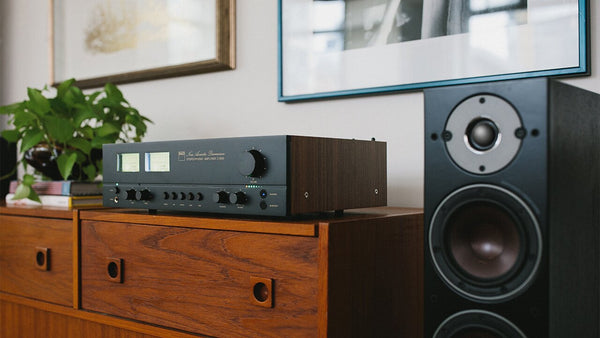
BY: CAYLA MENGES |
Read Time: Approx. 25 min. Vintage-Inspired Amplifier with Modern Tech & Premium Hi-Fi Sound Retro charm meets modern innovation with NAD... Read more

BY: CAYLA MENGES |
Get Better Sound From Your Xbox, Playstation, Switch, PC, & Mac For every ten audiophiles, at least two of them... Read more
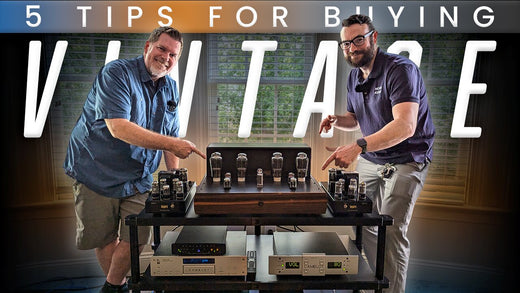
BY: CAYLA MENGES |
Read Time: Approx. 18 min. Your Guide to Buying Vintage High-End Audio Gear With the resurgence of vinyl and physical... Read more

BY: CAYLA MENGES |
Read Time: Approx. 26 min. The Battle Between Wi-Fi, Bluetooth, and Wired Connections It's like two forces colliding. Trying to... Read more
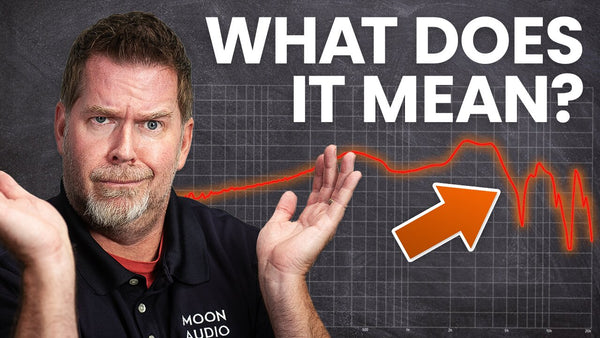
BY: CAYLA MENGES |
Read Time: Approx. 20 min. Headphone Sound Quality: More Than Just Measurements Headphone measurements are a surprisingly controversial topic in... Read more

BY: CAYLA MENGES |
Read Time: Approx. 10 min. TL;DR: The debate over analog vs. digital audio boils down to personal preference. Analog offers warmth,... Read more

BY: CAYLA MENGES |
The Best Dragon Audio Cables for Your Audiophile Setup In case you didn't already know, we are one of the... Read more

BY: CAYLA MENGES |
The Best Desktop DACs and Music Streamers for your Audio Setup It's that time of year again, and we're taking... Read more

BY: CAYLA MENGES |
Audio cables play a crucial role in connecting audio components. Even the most expensive and best-performing components can’t overcome the... Read more

BY: CAYLA MENGES |
What is a Sound Signature Every headphone and music player has its own intrinsic sound qualities. Some emphasize the higher... Read more

BY: CAYLA MENGES |
A Timeless Turntable Built for Years of Vinyl Listening The second turntable to feature Technics Delta Sigma Drive Technology, the... Read more

BY: CAYLA MENGES |
Read Time: Approx. 10 min. Summary: In-ear headphones are secure, portable, and affordable, while over-ear headphones offer superior sound and... Read more

BY: CAYLA MENGES |
Read Time: Approx. 15 min. From Acoustic to Classical, their Sonic Performance rivals some of the Very Best Audiophile-Grade Headphones... Read more

BY: CAYLA MENGES |
Let's take a look at our best-selling and most popular portable DACs of the year! It's the easiest way to... Read more

BY: CAYLA MENGES |
Read Time: Approx. 26 min. The Battle Between Wi-Fi, Bluetooth, and Wired Connections It's like two forces colliding. Trying to... Read more

BY: CAYLA MENGES |
TL;DR: When sourcing a headphone amplifier to drive your high end or harder to drive headphones, suitable power to drive... Read more

BY: CAYLA MENGES |
Read Time: Approx. 10 min. TL;DR: Moon Audio's guide to the 11 best headphone amps helps audiophiles enhance their listening experience.... Read more

BY: CAYLA MENGES |
Let's take a look at our best-selling and most popular portable DACs of the year! It's the easiest way to... Read more

BY: CAYLA MENGES |
Read Time: Approx. 15 min. Bluesound NODE ICON: The Future of Hi-Res Music Streaming Iconic. Icon. These are just a... Read more

BY: CAYLA MENGES |
Read Time: Approx. 25 min. Vintage-Inspired Amplifier with Modern Tech & Premium Hi-Fi Sound Retro charm meets modern innovation with NAD... Read more
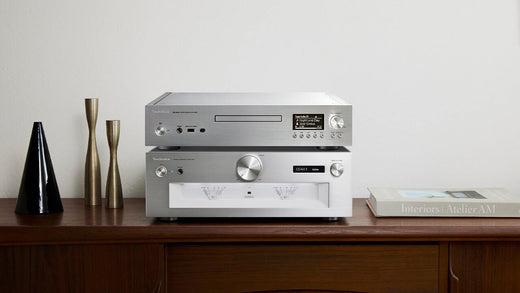
BY: CAYLA MENGES |
Read Time: Approx. XX min. Technics SL-G700M2 & SU-G700M2: The Perfect Hi-Fi Power Couple A brand recognized by most for its... Read more

BY: CAYLA MENGES |
Read Time: Approx. 10 min. Summary: In-ear headphones are secure, portable, and affordable, while over-ear headphones offer superior sound and... Read more

BY: CAYLA MENGES |
Let's take a look at our best-selling and most popular portable DACs of the year! It's the easiest way to... Read more

BY: CAYLA MENGES |
Read Time: Approx. 20 min. Headphone Sound Quality: More Than Just Measurements Headphone measurements are a surprisingly controversial topic in... Read more

BY: CAYLA MENGES |
Read Time: Approx. 10 min. TL;DR: The debate over analog vs. digital audio boils down to personal preference. Analog offers warmth,... Read more
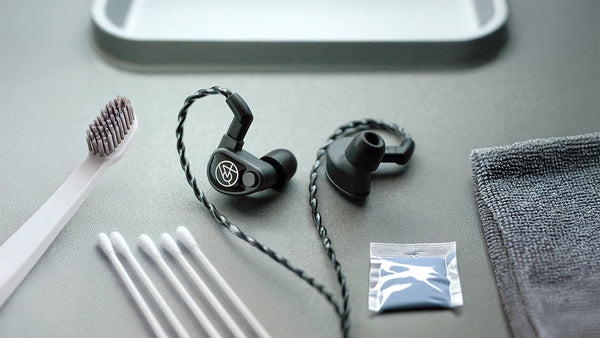
BY: CAYLA MENGES |
Read Time: Approx. 10 min. TL;DR: Proper care and cleaning of IEMs and earbuds ensure sound clarity, hygiene, and longevity.... Read more
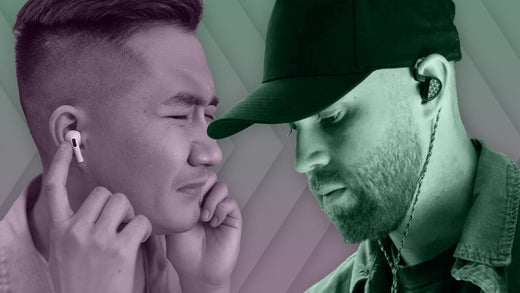
BY: CAYLA MENGES |
Read Time: Approx. 10 min. TL;DR: Finding comfortable IEMs and earbuds can be challenging due to issues like poor fit, material... Read more

BY: CAYLA MENGES |
TL;DR: When sourcing a headphone amplifier to drive your high end or harder to drive headphones, suitable power to drive... Read more

BY: CAYLA MENGES |
Read Time: Approx. 10 min. TL;DR: Moon Audio's guide to the 11 best headphone amps helps audiophiles enhance their listening experience.... Read more

BY: CAYLA MENGES |
Why Your Headphones May Be Holding You Back: What Audiophiles Know Arguably, one of the most common misconceptions in the... Read more

BY: CAYLA MENGES |
TL;DR: When sourcing a headphone amplifier to drive your high end or harder to drive headphones, suitable power to drive... Read more

BY: CAYLA MENGES |
Read Time: Approx. 10 min. TL;DR: Moon Audio's guide to the 11 best headphone amps helps audiophiles enhance their listening experience.... Read more
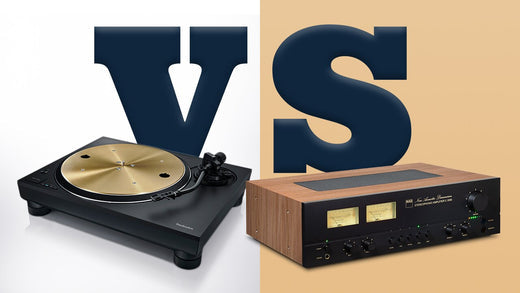
BY: CAYLA MENGES |
Read Time: Approx. 15 min. Is Vinyl Truly Better than Digital? If I stopped an audiophile on the street 10 years ago... Read more
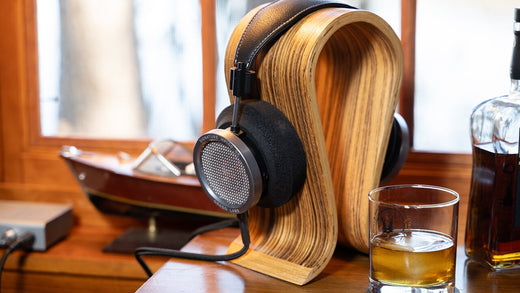
BY: CAYLA MENGES |
Read Time: Approx. 17 min. Flagship Headphones Blend Timeless Design with Freshly Engineered Technologies Grado Labs is one hi-fi brand... Read more

BY: CAYLA MENGES |
Why Your Headphones May Be Holding You Back: What Audiophiles Know Arguably, one of the most common misconceptions in the... Read more

BY: CAYLA MENGES |
Why Your Headphones May Be Holding You Back: What Audiophiles Know Arguably, one of the most common misconceptions in the... Read more

BY: CAYLA MENGES |
TL;DR: When sourcing a headphone amplifier to drive your high end or harder to drive headphones, suitable power to drive... Read more

BY: CAYLA MENGES |
Read Time: Approx. 10 min. TL;DR: Moon Audio's guide to the 11 best headphone amps helps audiophiles enhance their listening experience.... Read more
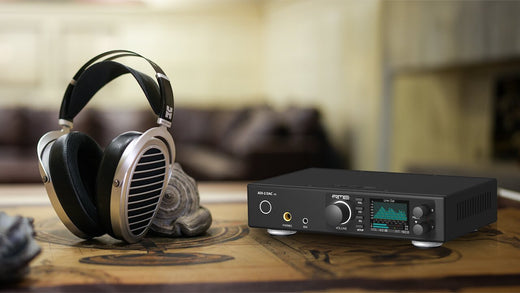
BY: CAYLA MENGES |
Read Time: Approx. 10 min. TL;DR: Discover high-value audiophile gear that delivers impressive sound at more accessible prices. This blog... Read more

BY: CAYLA MENGES |
Why Your Headphones May Be Holding You Back: What Audiophiles Know Arguably, one of the most common misconceptions in the... Read more

BY: CAYLA MENGES |
The Best Desktop DACs and Music Streamers for your Audio Setup It's that time of year again, and we're taking... Read more

BY: CAYLA MENGES |
Why Your Headphones May Be Holding You Back: What Audiophiles Know Arguably, one of the most common misconceptions in the... Read more

BY: CAYLA MENGES |
Why Your Headphones May Be Holding You Back: What Audiophiles Know Arguably, one of the most common misconceptions in the... Read more

BY: CAYLA MENGES |
We walk you through Chord Electronics' product lineup. DACs, Amps, and more - see how you can incorporate some of... Read more

BY: CAYLA MENGES |
TL;DR: When sourcing a headphone amplifier to drive your high end or harder to drive headphones, suitable power to drive... Read more

BY: CAYLA MENGES |
Read Time: Approx. 10 min. TL;DR: Moon Audio's guide to the 11 best headphone amps helps audiophiles enhance their listening experience.... Read more

BY: CAYLA MENGES |
Get Better Sound From Your Xbox, Playstation, Switch, PC, & Mac For every ten audiophiles, at least two of them... Read more
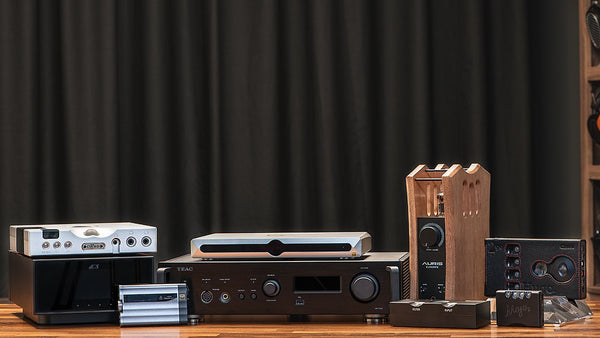
BY: CAYLA MENGES |
Read Time: Approx. 5 min. Summary: Explore the top DAC and amp combos for audiophiles seeking high-quality sound. This guide... Read more

BY: CAYLA MENGES |
We've created this guide to be your one-stop resource for understanding and buying in-ear monitors. Read more

BY: CAYLA MENGES |
We walk you through Chord Electronics' product lineup. DACs, Amps, and more - see how you can incorporate some of... Read more

BY: CAYLA MENGES |
We've created this guide to be your one-stop resource for understanding and buying in-ear monitors. Read more

BY: CAYLA MENGES |
Read Time: Approx. 10 min. TL;DR: The debate over analog vs. digital audio boils down to personal preference. Analog offers warmth,... Read more

BY: CAYLA MENGES |
Read Time: Approx. 25 min. Vintage-Inspired Amplifier with Modern Tech & Premium Hi-Fi Sound Retro charm meets modern innovation with NAD... Read more

BY: CAYLA MENGES |
Read Time: Approx. XX min. Technics SL-G700M2 & SU-G700M2: The Perfect Hi-Fi Power Couple A brand recognized by most for its... Read more

BY: CAYLA MENGES |
Read Time: Approx. 18 min. Your Guide to Buying Vintage High-End Audio Gear With the resurgence of vinyl and physical... Read more

BY: CAYLA MENGES |
Read Time: Approx. 5 min. Summary: Explore the top DAC and amp combos for audiophiles seeking high-quality sound. This guide... Read more

BY: CAYLA MENGES |
The Best Desktop DACs and Music Streamers for your Audio Setup It's that time of year again, and we're taking... Read more
